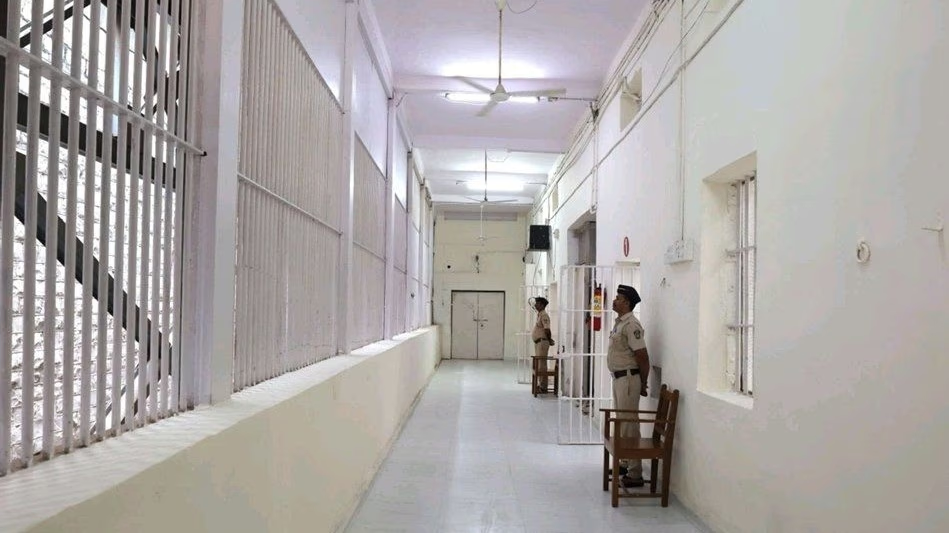This Diwali, Delhi NCR witnessed its worst air pollution levels in three years. This raises the question: where is the Delhi government’s cloud seeding (artificial rain) initiative? Officials respond that weather conditions aren't favorable. Let's explore the ideal conditions for cloud seeding.
What is Cloud Seeding?
Cloud seeding is a 75-year-old technology that employs special ‘seed’ particles (typically silver iodide) to modify appropriate clouds, inducing rainfall. These seed particles attract water vapor, around which water condenses and eventually falls as rain.
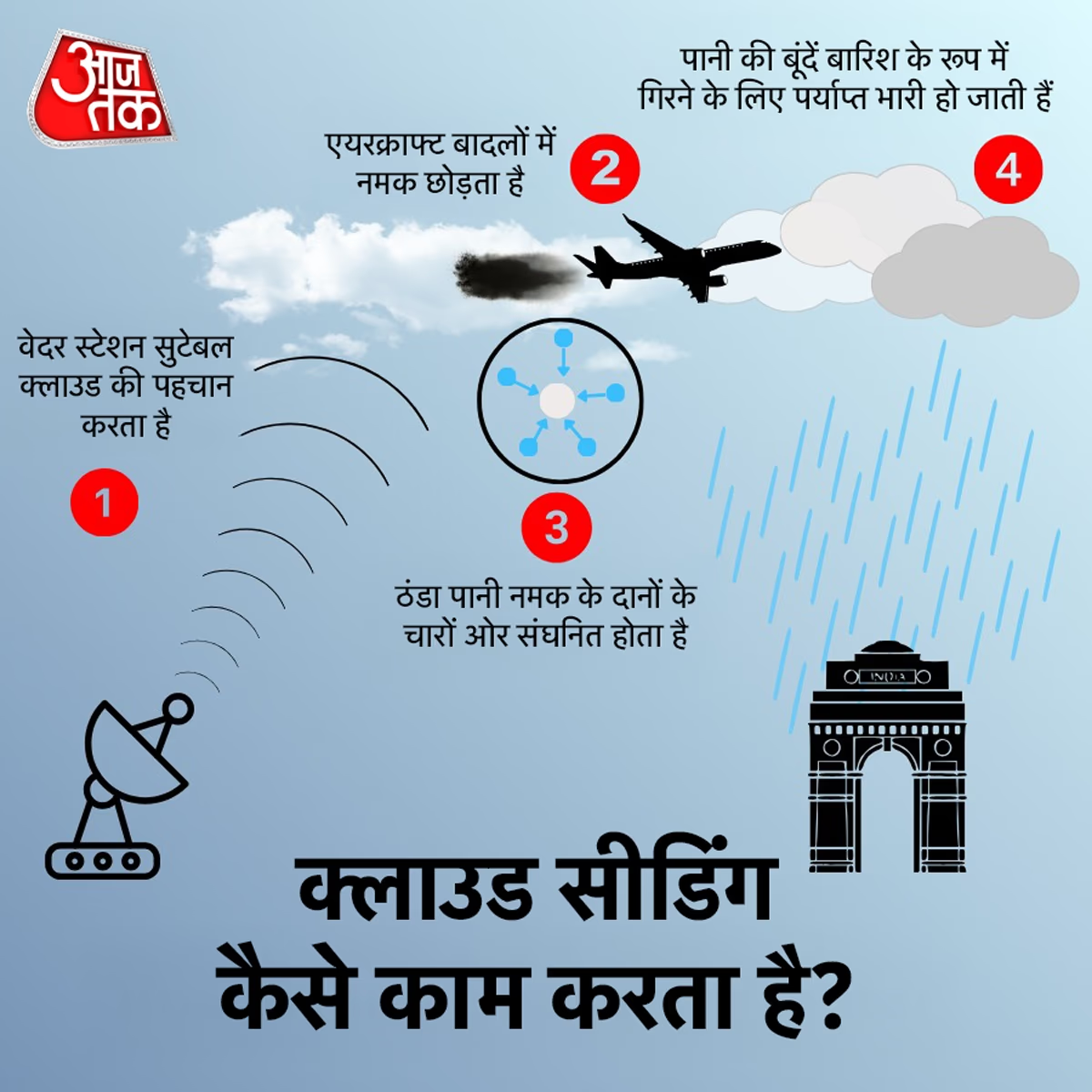
Source: aajtak
The most effective way is dispersing these seeds into clouds via aircraft or specialized drones. Flares mounted on the aircraft wings release the seeding material at the cloud base or within.
Optimal Weather Conditions
Primarily, clouds are necessary for cloud seeding. Rain cannot be generated from thin air; the cloud must contain sufficient water droplets.
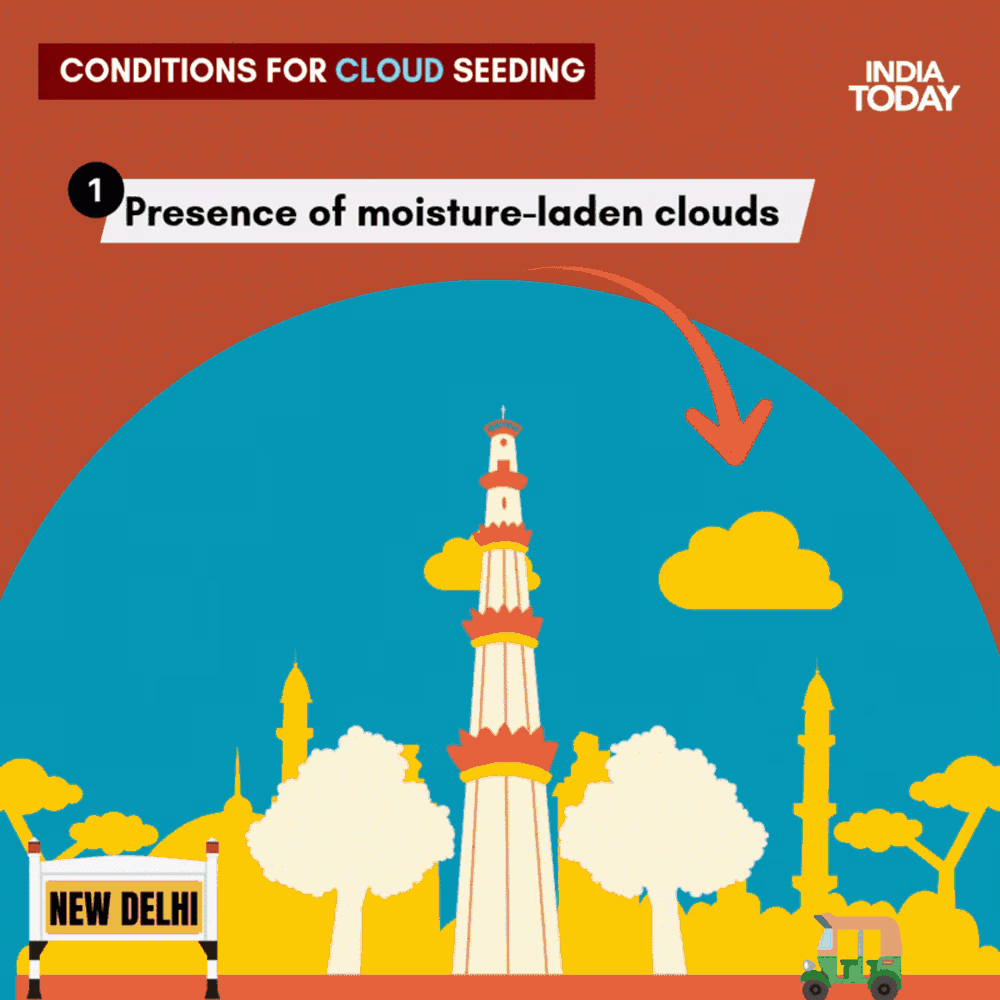
Source: aajtak
The right conditions depend on various factors such as humidity levels, cloud's vertical thickness, wind speed, and vertical air currents within the cloud. According to CAIPEE, clouds less than a kilometer high aren't suitable for cloud seeding. Strong winds can unravel the plan.
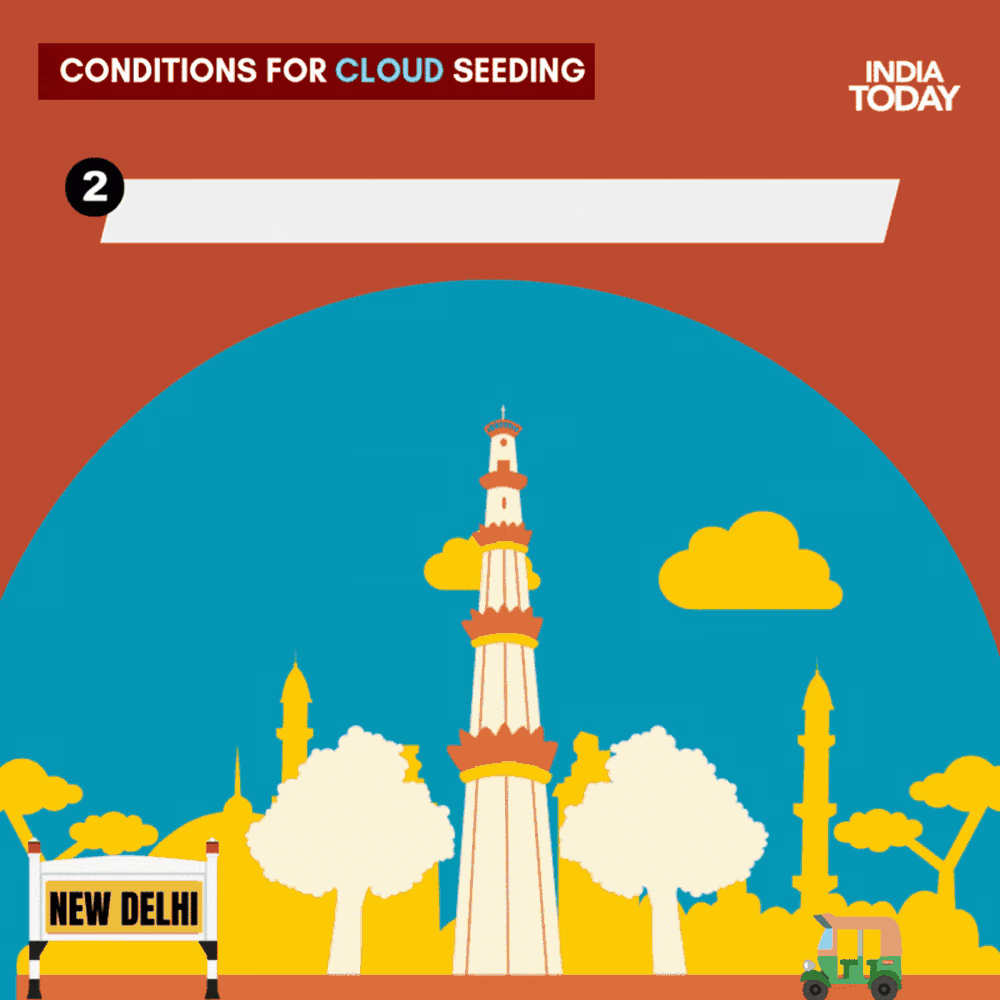
Source: aajtak
For low-altitude cloud seeding, it's crucial to avoid strong horizontal winds.
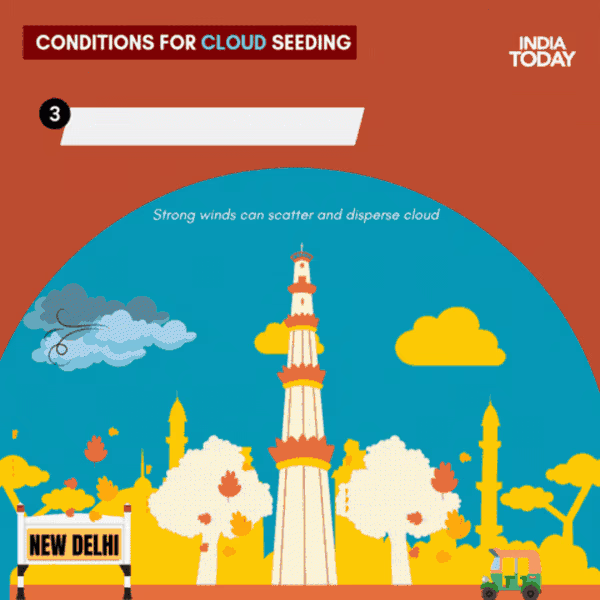
Source: aajtak
Clouds naturally capable of ascending due to internal vertical air currents are ideal. As the cloud rises, temperatures drop, causing vapor to condense into rain.
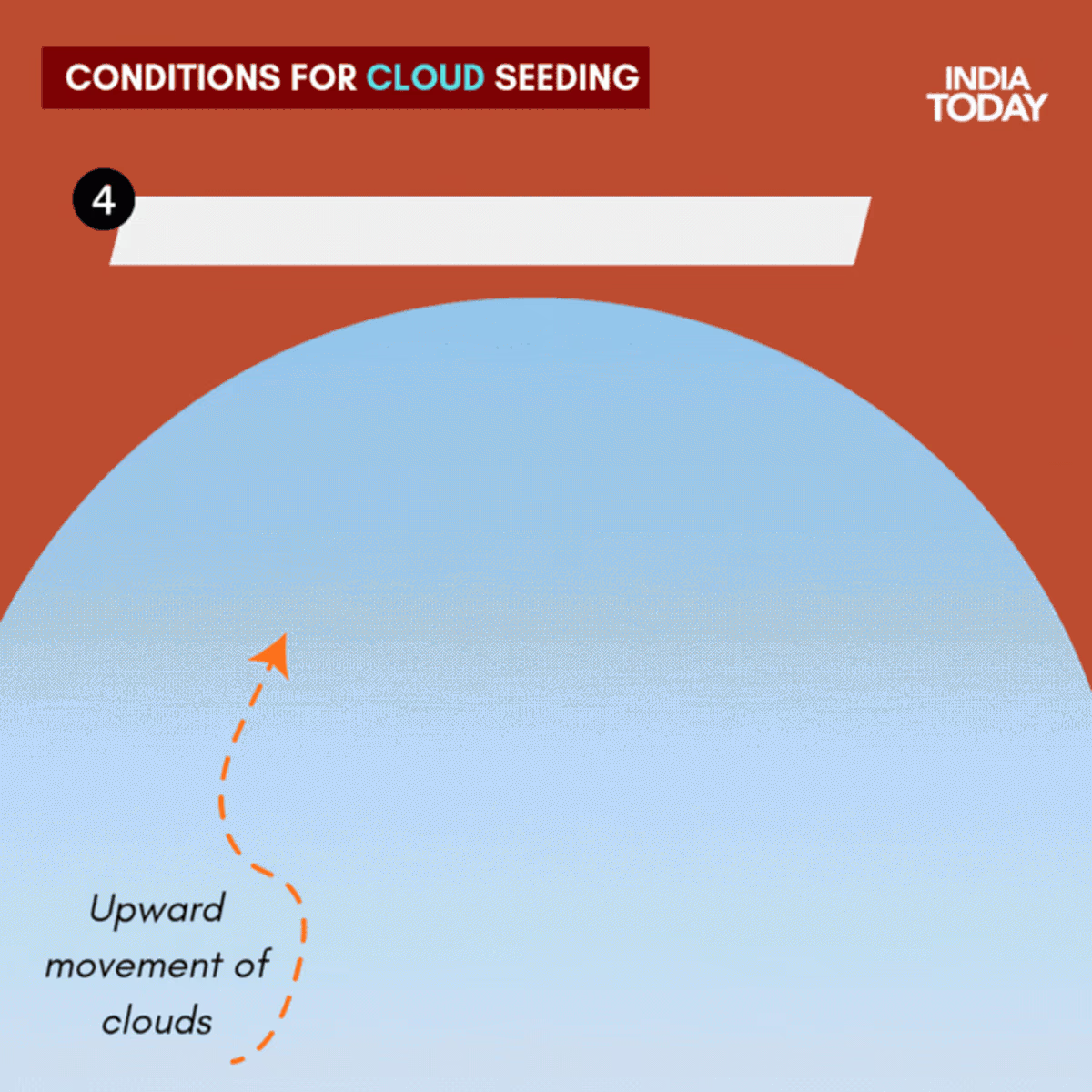
Source: aajtak
Cloud seeding can be performed during cold and warm months. In low-altitude clouds, seeds are sown from below or within, while for high-altitude clouds where temperatures are below freezing, they are dispersed from above.
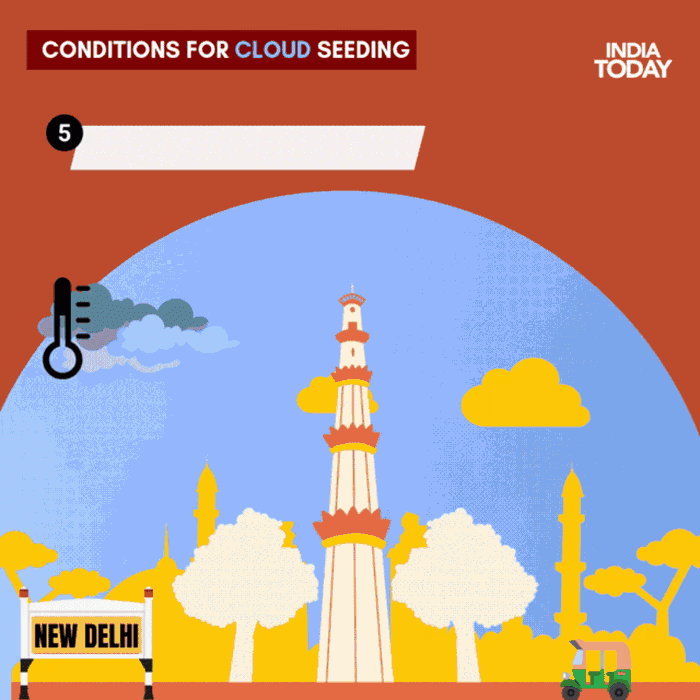
Source: aajtak
Is Cloud Seeding Effective in India?
According to CAIPEE, cloud seeding is possible in limited areas. Whether clouds over Delhi are seedable remains experimental. In the 1970s, the Indian Institute of Tropical Meteorology experimented with cloud seeding, with no conclusive results, although early trials showed approximately 17% rain increase.
Several states such as Gujarat, Maharashtra, Karnataka, Andhra Pradesh, and Tamil Nadu have attempted cloud seeding, yet its efficacy is not fully established.
How to Distinguish Natural from Artificial Rain?
There isn't an exact method, but modern data-driven models can estimate cloud processes and seeding effects, verified by ground and air-based instruments.

